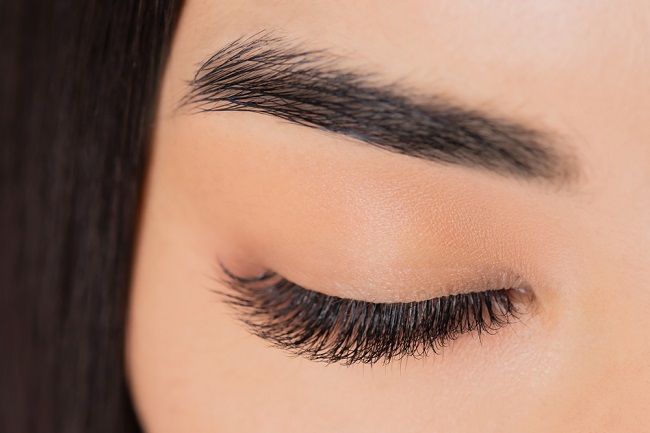Vocal cord lumps can form as a result of irritation when the vocal cords are overused. This lump causes the voice to turn hoarse or even disappear. However, You don't have to worry. Apart from being treatable, vocal cord lumps can also be prevented.
The vocal cords are elastic tissue in the voice box (larynx) which is located at the base of the throat. When a person speaks or sings, air from the lungs escapes through the vocal cords and creates vibrations. This vibration is what produces sound.

Excessive use of the vocal cords can cause irritation to this area. If it occurs continuously for a long time, irritation of the vocal cords will form a hard lump.
In addition to making the voice hoarse, low, or missing, vocal cord lumps can also cause a lump in the throat, pain in the throat or neck, and coughing.
How to get rid of a lump in the vocal cords
If you experience these complaints, you are advised to consult an ENT doctor. The doctor will ask for a history of complaints and illnesses that you have suffered, as well as perform an examination of the throat and vocal cords. Examination of the vocal cords can be done with a laryngoscopy procedure.
After confirming the presence of a vocal cord lump, the doctor can suggest the following treatment steps:
1. Resting the voice
To relieve the symptoms of a vocal cord lump, you are usually advised not to speak or whisper unless absolutely necessary. If possible, try not to use sound at all for a few days. This method can also be used to treat hoarseness.
2. Sound therapy
Sound therapy is performed by a speech therapist, which is a trained professional who provides special training to treat speech disorders.
Voice therapy is the main method in the treatment of vocal cord lumps. With this method, the lump will usually disappear within 6-12 weeks.
3. Use of drugs
Some studies show that injections of corticosteroid drugs into the vocal cords can help treat lumps on the vocal cords and restore the patient's voice. However, medication is not always necessary in cases of vocal cord lumps.
Sometimes irritation and lumps on the vocal cords can be caused by acid reflux disease (GERD), sinusitis, allergies, or thyroid gland disorders. If so, then these diseases also need to be treated.
4. Operation
Surgery is the last step that can be done if sound therapy and other treatment steps do not give satisfactory results, or if the size of the lump is very large.
How to prevent vocal cord lumps
Even after treatment, vocal cord lumps can reappear if the vocal cords are still irritated. To prevent it relapse, do the following simple ways:
1. Avoid cigarette smoke
Cigarette smoke needs to be avoided to prevent the recurrence of vocal cord lumps. This is because the components in cigarette smoke are known to cause irritation to the vocal cords.
2. Increase the consumption of water
Drink lots of water to keep the vocal cords moist and reduce irritation. Avoid drinks that contain alcohol, soda, and caffeine, such as coffee or tea.
3. Reduce stress
Avoid stress by meditating, doing yoga, or doing breathing exercises. When a person is under stress, the neck muscles tend to tense up. This can interfere with the vocal cords.
4. Do sound warm-up
It is important to warm up your voice before singing or talking for a long time. You can ask a speech therapist for help or vocal coach to practice warming up before using the vocal cords for a long time.
5. Avoid speaking in a loud voice
Follow the directions of a speech therapist about proper speaking techniques. Of the various factors that may cause vocal cord lumps, research shows that excessive use of the vocal cords is the main factor. If you need to speak loudly, use it microphones.
Practice speaking or singing techniques correctly is the main key to overcome and prevent the appearance of lumps on the vocal cords. If the vocal cord lump has healed and you have taken the above preventive steps but the voice changes again after a few days, you should see an ENT specialist.
Written by:
dr. Irene Cindy Sunur









